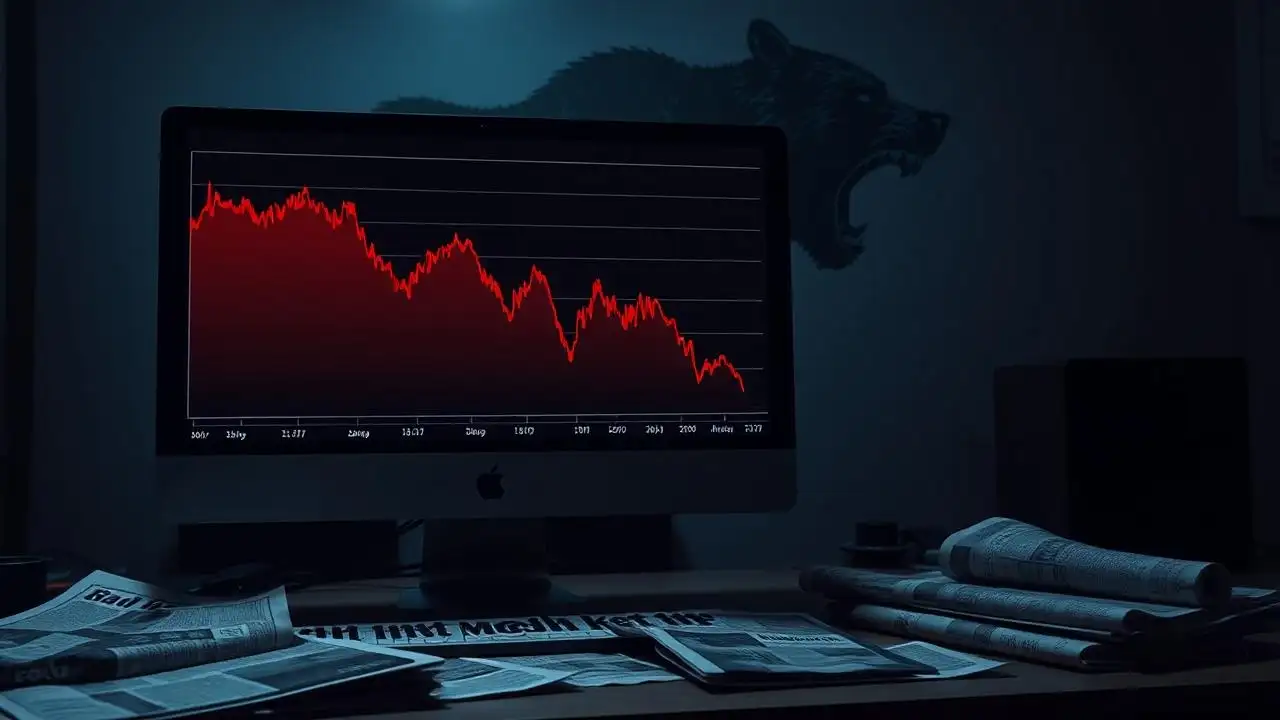It’s a known fact that due to improved operational efficiencies, the implementation of the Insolvency and Bankruptcy Code and cautious lending practices by PSU banks have significantly enhanced their financials. This has sparked a remarkable rally in their share prices, resulting in 83% gains on a yearly basis. Consequently, the spotlight has shifted away from the country’s private banks.
Not only PSU Banks, but many major indices had performed better than Bank Nifty in the past year.
Rewards should reflect the level of contribution. In Q4FY24, Private Banks contributed approximately 20% of the total PAT from the 29 industries in Nifty 50 but only represented 15% of the total market capitalization. This discrepancy indicates that Private Banks are not being rewarded in proportion to their significant contribution.
 Agencies
AgenciesThe proportion of market cap would increase significantly once the private banks are rewarded based on their fundamentals, thereby propelling the Bank Nifty to move higher.Despite the Bank Nifty having conquered new highs, the difference between its current Price-to-Book Value (PBV) of 2.97 and its 5-year median PBV of 2.77 is relatively small, just 0.20. Similarly, the Nifty Private Bank Index shows a comparable pattern, with a current PBV of 2.9 and a median PBV since its inception of 2.73, indicating a variance of only 0.17.Additionally, the ratio chart of the Nifty Private Bank Index to the Nifty PSU Bank Index supports this analysis. It shows that the ratio increases when the Private Bank Index outperforms the PSU Bank Index and decreases otherwise.
 Agencies
AgenciesFor the past 30 weeks, the charts have been consolidating and are currently near 3.45 which is close to the previous high of 3.5. A significant move in the Private Bank Index is expected if it closes above the 3.5 level in the near future. This serves as an additional confirmation.
So, as per fundamentals, technicals, and other macro factors, the Private banks would likely outperform in the coming future.
 Agencies
AgenciesNifty once again marked a new high but traded within a tight range in the last week, hitting a high of 23,667 and a low of 23,398. Nifty ended the session at 23,501, with a marginal gain of 0.15% compared to the previous week.
The Indian market remained robust, buoyed by new highs in the US market. Sectorally, there was a mixed reaction, with Nifty IT gaining 1.74% while Nifty Auto and Nifty FMCG shed 2.45% and 2.16% respectively.
The India VIX currently stands at 13.18, having reversed below the mean, and is now expected to move higher. Nifty is trading above its short-term moving average with the Fibonacci retracement of 23.6% at 23,100 acting as strong support. The primary trend remains bullish but may weaken if the index slips below the 23,000 mark. Nifty appears overextended, suggesting some headroom for a correction.
(Disclaimer: Recommendations, suggestions, views and opinions given by the experts are their own. These do not represent the views of The Economic Times)













